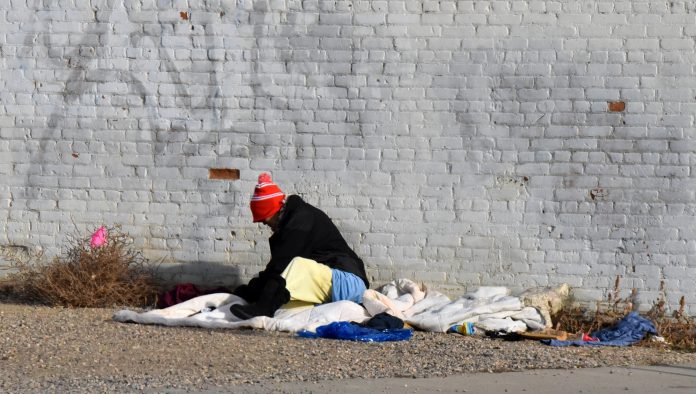Service providers from across Prince Albert were at the Indian Metis Friendship Centre on Friday to make sure the city’s homeless residents received the care and health information they need to survive the winter.
Representative from the Prince Albert Grand Council, Saskatchewan Health Authority, Cooperative Health Clinic, Prince Albert Metis Women, and Reaching Home were all on hand to tell homeless residents about the various services they could access.
Friendship Centre executive director Janet Carriere said Prince Albert has plenty of organizations offering services, but the organizations themselves aren’t always aware of who else is out there.
“It is really challenging because we’re so fragmented in our community,” Carriere explained. “We’re all doing things, but in different areas of the city and we haven’t quite streamlined our connections, so something like this that was done today (Friday) helps connect the services together. Every service that was here today is very important to someone who is homeless and suffering from addictions.”
Visitors had a chance to acquire new toques, scarves and toothbrushes, receive vaccinations for COVID or the flu, and get bottles of hand sanitizer. The biggest focus of Friday’s gathering, however, was AIDS, HIV, and Hepatitis C.
Visitors had a chance to get tested for those virus’ and infections, while also receiving information about prevention and transmission from public health nurses. The day was about more than just HIV and AIDS, but Carriere said those two virus’ are definitely a major health challenge.
“The clientele that we serve for the most part are really affected a lot by HIV and AIDS because of their addictions and their lifestyles,” she said.
“A lot of the homeless people came here and I think it’s really important because they roam around our community, but they’re really not accessing the services as much as the rest of us may, and so any time we can get them into a space and have them interact with any of the service providers in our community, it’s really important.”
According to data from the Statistics Canada, Saskatchewan’s ‘HIV rates are six times higher than Canada’s average. The province’s diagnosis rate sits at 20.3 per 100,000 people. Manitoba is a distant second, at 10.5 per 100,000 people. The national rate is 3.8.
In 2021, there were 1,472 newly diagnosed cases of HIV, according to the Public Health Agency of Canada. That’s an 11.3 per cent increase over 2020.
On Thursday, the Saskatchewan Infectious Disease Care Network released a statement calling on Saskatchewan to look to other provinces like British Columbia for ideas on how to lower AIDS hospitalizations and AIDS-related deaths.
“Advancements in HIV and AIDS treatment have created conditions where this infectious disease can be easily treated and not transmitted,” reads the statement. “Despite these advancements, Saskatchewan’s HIV rates are six times higher than the Alberta and Canadian average and almost ten times higher than British Columbia…
“New infection rates have increased significantly,” the statement continues. “Mother-to-child transmission has increased, and new diagnoses are among younger populations and through heterosexual sexual contact.”
In 2014, the United Nations created a set of HIV/AIDS targets aimed to end the AIDS pandemic by 2030. The UN urged healthcare providers to diagnose 95 per cent of all HIV-positive individuals, provide therapy for 95 per cent of those diagnosed, and suppress the virus for 95 per cent of those treated.
According to the SIDCN, Saskatoon Clinics are reporting rates of 61 per cent, 61 per cent, and 42 per cent respectively.


